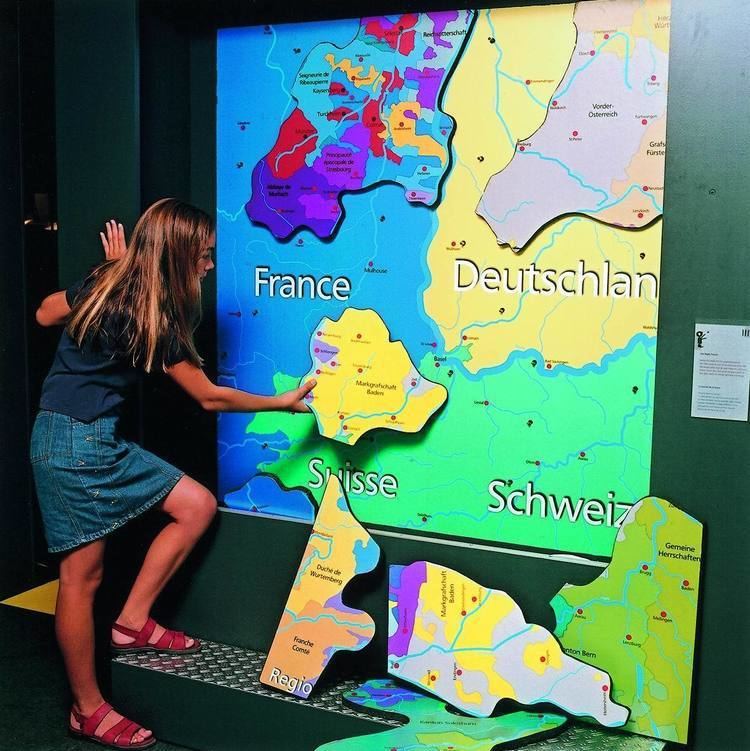Elevation 536.2 m (1,759 ft) | ||
 | ||
State Counties of Lörrach and Waldshut; Baden-Württemberg (Germany) and canton of Basel-Stadt (Switzerland) | ||
The Dinkelberg is a partially forested hill range, up to 536.2 m above sea level (NHN), about 145 km² in area, in the High Rhine region of Germany. It lies within the counties of Lörrach and Waldshut in the German state of Baden-Württemberg and the Swiss canton of Basel-Stadt. It is on the southwestern edge of the Southern Black Forest, from which it is geologically distinct.
Contents
- Map of Dinkelberg 79618 Rheinfelden Germany
- LocationEdit
- HillsEdit
- WaterbodiesEdit
- Natural monumentsEdit
- SettlementsEdit
- LiteratureEdit
- References
Map of Dinkelberg, 79618 Rheinfelden, Germany
LocationEdit
The Dinkelberg lies mainly in the county of Lörrach, but its eastern part in the area of the Wehra valley belongs to the county of Waldshut (both in Germany) and a smaller element in the west is part of the canton of Basel-Stadt in Switzerland. It is bounded in the south by the valley of the High Rhine, in the north and west by the Wiese valley and in the esat by the Wehra valley. It lies between the larger settlements of Schopfheim to the north, Wehr to the east, Rheinfelden to the south and Lörrach and the Homburg Forest to the west. Its highest hill is the Hohe Flum (536.2 m), on which is an open observation tower and an eponymous hotel-restaurant.
HillsEdit
Amongst the hills and foothills of the Dinkelberg are the following, sorted by height in metres (m) above sea level, based on the NHN reference system in Germany and the Meter über Meer (m ü. M.) in Switzerland:
WaterbodiesEdit
Amongst the rivers and streams of the Dinkelberg are the Löhrgraben, which flows into the Wiese near Brombach, the Bachtelengraben, which empties into the Rhine near Schwörstadt-Unterdorf, the Dürrenbach, which discharges into the Rhine at Rheinfelden and the Hagenbacher Bach and the Waidbach, the headstreams of the Großbach (also called the Warmbach), which also flows into the Rhine, at Rheinfelden-Warmbach.
Amongst its lakes belongs the Eichener See near Schopfheim-Eichen.
Natural monumentsEdit
SettlementsEdit
Towns and villages in and around the Dinkelberg region are (clockwise from the north):
